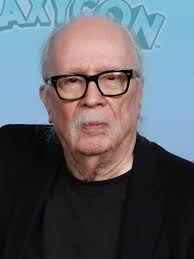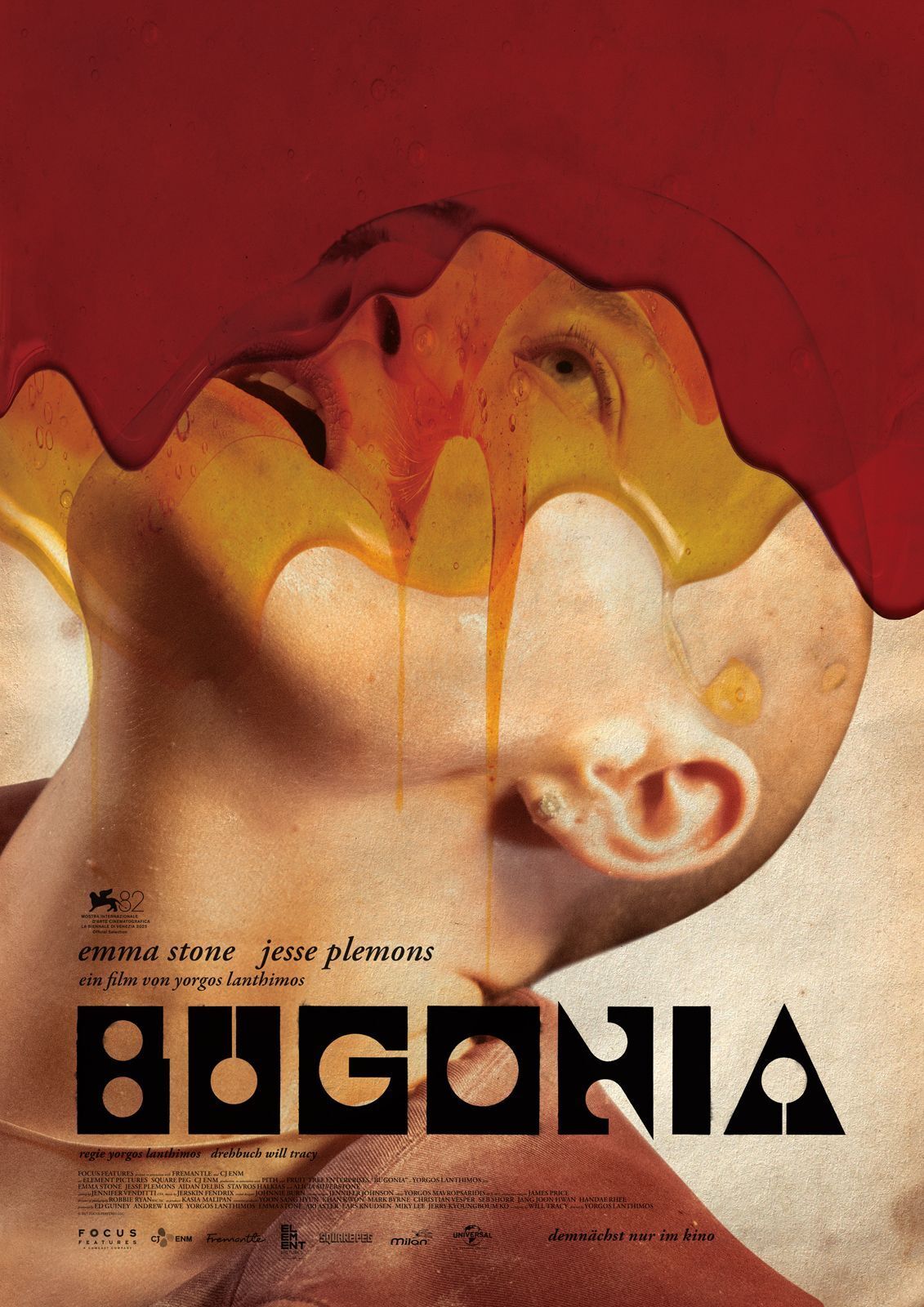
Introduction
John Carpenter is a renowned filmmaker whose name has become synonymous with the horror genre. With a career spanning over five decades, Carpenter has crafted some of the most iconic films in cinema history, including classics such as “Halloween,” “The Thing,” and “Escape from New York.” His unique blend of suspense, atmospheric storytelling, and innovative soundscapes have solidified his status as a master of horror and a significant influence on many contemporary filmmakers.
The Impact of John Carpenter
Carpenter’s career began in the early 1970s with his debut film, “Dark Star,” which showcased his knack for combining elements of science fiction with dark humour. However, it was with the release of “Halloween” in 1978 that Carpenter truly made his mark. The film not only redefined the horror genre but also introduced the concept of the ‘slasher’ film that would dominate the 1980s. Carpenter’s minimalist score for the film, which he composed himself, became iconic and is often considered one of the most recognisable soundtracks in film history.
In addition to “Halloween,” Carpenter’s filmography includes a string of successful titles that explored various themes and genres. His 1982 film “The Thing” is lauded for its groundbreaking special effects and chilling atmosphere, while “They Live” (1988) blended action and science fiction with social commentary on consumerism. Carpenter’s ability to mix genres and tackle complex themes in his work has solidified his reputation as a versatile and innovative filmmaker.
Recent Developments
Despite being a veteran director, Carpenter continues to be relevant in the film industry. In recent years, there has been a resurgence of interest in his work, particularly with the revival of franchises he helped create. The 2018 sequel to “Halloween,” produced by Blumhouse Productions, saw Carpenter return to the franchise as an executive producer and composer, introducing a new generation of viewers to his iconic characters.
Additionally, Carpenter has expanded his repertoire to include music, releasing albums that reflect his cinematic style. His work in music continues to influence contemporary artists, as the blend of synth-driven melodies and haunting atmospheres resonates with modern audiences.
Conclusion
John Carpenter’s legacy in the film industry is incomparable. His ability to craft narratives that blend fear with artistic innovation makes him a pivotal figure in cinematic history. As filmmakers continue to draw inspiration from his work, Carpenter remains a central figure, not only in the horror genre but in the broader landscape of cinema. In the years to come, audiences can expect to see his influence endure, as new generations discover the timeless thrills of Carpenter’s filmography.
You may also like

The Enduring Legacy of Sylvester Stallone

Unveiling the Secrets of ‘His House’
